Milky Way And Its Neighboring Galaxies Reside In A Gigantic Celestial Void
MessageToEagle.com – The Milky Way and its neighboring galaxies reside in an enormous cosmic void – a region of space containing far fewer galaxies, stars and planets than expected.
This gigantic celestial void is estimated to be approximately 1 billion light years across.
A new study conducted by Ben Hoscheit, an undergraduate student at the University of Wisconsin, supports a 2013 research, which also showed the Milky Way exists in a sparsely populated region of the universe.
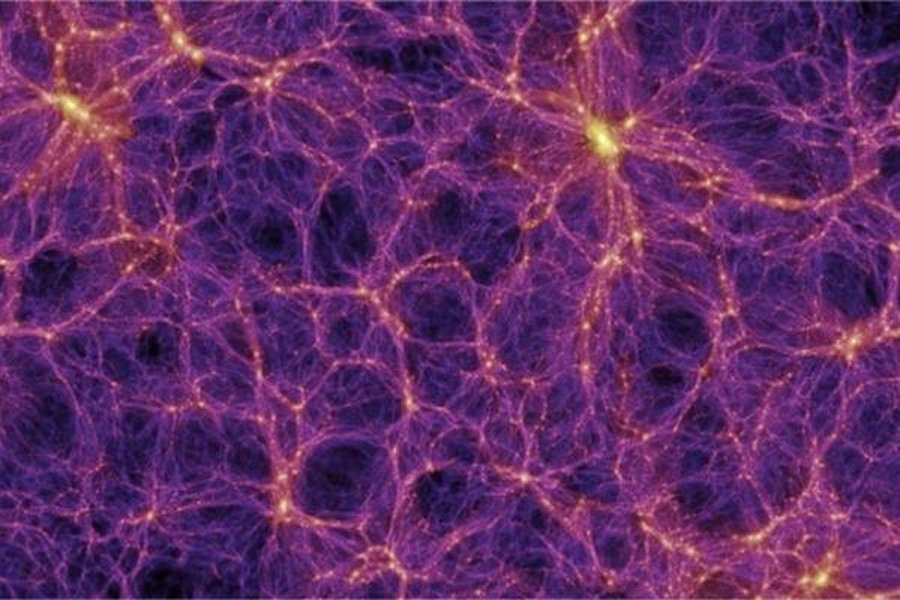
The study can be used to solve another problem astronomers have observed, namely the expansion rate of the Universe.
“No matter what technique you use, you should get the same value for the expansion rate of the Universe today,” Ben Hoscheit, a Wisconsin student and lead author of the research, said in a news release.
“Fortunately, living in a void helps resolve this tension.”
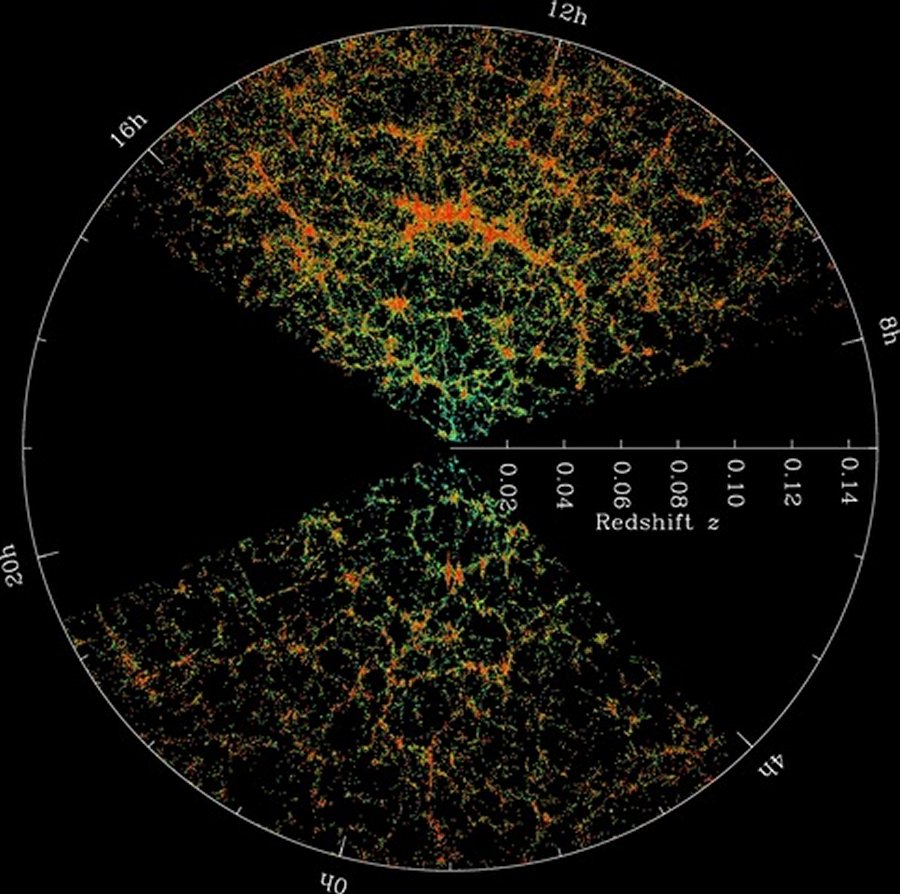
The Hubble Constant is the unit used by cosmologists to describe the rate at which the universe is expanding today. However, different groups of astronomers have developed different techniques for measuring this unit.
This is because outside the void there is far more matter exerting a slightly larger gravitational pull. One method to measure the expansion of the Universe, a value known as the Hubble Constant, uses nearby supernovae, which have a predictable amount of energy.
See also:
Boss Great Wall: Gigantic Wall Of Galaxies Located In Deep Space
Great Attractor: Mysterious Gravitational Anomaly Beyond Hydra-Centaurus Supercluster
Another technique uses the Cosmic Microwave Background (CMB), the leftover light from the Big Bang. This is measured across the Universe, and so would not be affected by the void. Tiny differences in the CMB are thought to end up as large-scale structures in the Universe, including the clusters of galaxies surrounding relatively empty voids.
“It is often really hard to find consistent solutions between many different observations,” said Professor Amy Barger, a University of Wisconsin–Madison astronomer.
“What Ben has shown is that the density profile previously measured is consistent with cosmological observables. One always wants to find consistency, or else there is a problem somewhere that needs to be resolved.”
The new analysis made by Hoscheit, says Barger, shows that there are no current observational obstacles to the conclusion that the Milky Way resides in a very large void. As a bonus, she adds, the presence of the void can also resolve some of the discrepancies between techniques used to clock how fast the universe is expanding.
Research is presented at a meeting at the American Astronomical Society on June 6.
MessageToEagle.com
Related Posts
-
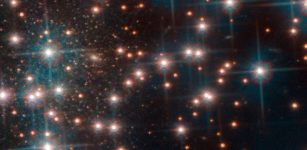 Hubble Telescope Discovers Dwarf Galaxy Located Only 30 Million Light-Years Away
No Comments | Feb 1, 2019
Hubble Telescope Discovers Dwarf Galaxy Located Only 30 Million Light-Years Away
No Comments | Feb 1, 2019 -
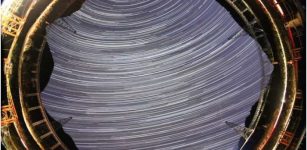 Key Evidence For Existence Of Nanohertz Gravitational Waves – Found
No Comments | Jun 29, 2023
Key Evidence For Existence Of Nanohertz Gravitational Waves – Found
No Comments | Jun 29, 2023 -
 Third Planet In 2-Star Kepler-47 System – Discovered
No Comments | Apr 17, 2019
Third Planet In 2-Star Kepler-47 System – Discovered
No Comments | Apr 17, 2019 -
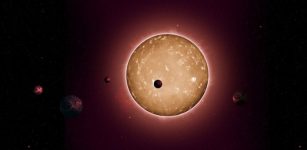 More Than 300 Possible New Exoplanets – Discovered
No Comments | Nov 24, 2021
More Than 300 Possible New Exoplanets – Discovered
No Comments | Nov 24, 2021 -
 Mind-Blowing View: Total Lunar Eclipse Looks Like From The Moon – Video From NASA
No Comments | Sep 23, 2015
Mind-Blowing View: Total Lunar Eclipse Looks Like From The Moon – Video From NASA
No Comments | Sep 23, 2015 -
 It Rains Iron On This Ultra-Hot Giant Exoplanet
No Comments | Mar 12, 2020
It Rains Iron On This Ultra-Hot Giant Exoplanet
No Comments | Mar 12, 2020 -
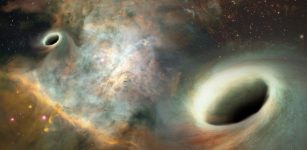 First Discovery Of Orbiting Supermassive Black Holes Confirms These Giant Cosmic Monsters Exist
No Comments | Jun 27, 2017
First Discovery Of Orbiting Supermassive Black Holes Confirms These Giant Cosmic Monsters Exist
No Comments | Jun 27, 2017 -
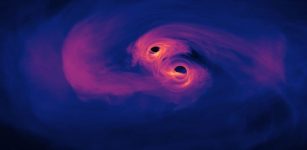 New Study Further Narrows The Search For Elusive Pairs Of Monster Black Holes
No Comments | Jun 9, 2023
New Study Further Narrows The Search For Elusive Pairs Of Monster Black Holes
No Comments | Jun 9, 2023 -
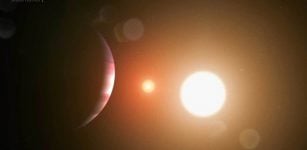 Planet Orbiting Two Stars – Discovered With Old Technique
No Comments | Jul 19, 2023
Planet Orbiting Two Stars – Discovered With Old Technique
No Comments | Jul 19, 2023 -
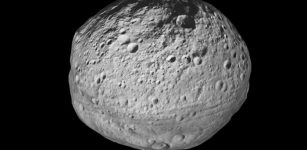 Asteroid Vesta – Second-Largest Asteroid In Our Solar System – A New Theory
No Comments | Sep 1, 2021
Asteroid Vesta – Second-Largest Asteroid In Our Solar System – A New Theory
No Comments | Sep 1, 2021
